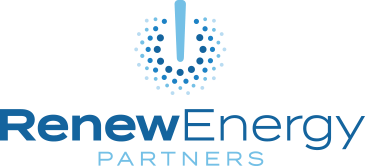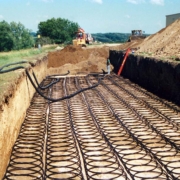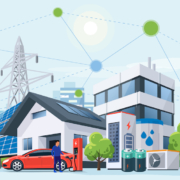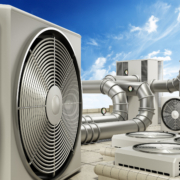The Blog
A Brief History of HVAC: An Important Energy Saving Retrofit
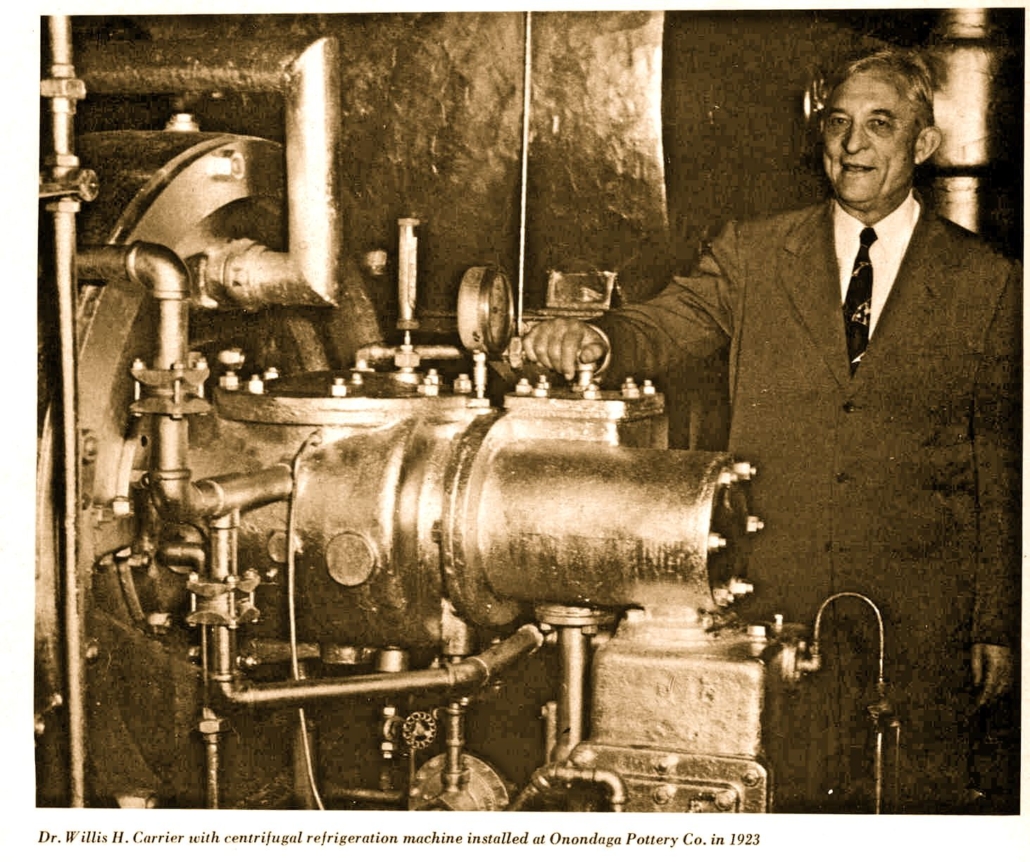
RENEW Energy partners specializes in helping fund your energy saving retrofits for your commercial, industrial, and institutional buildings. There are many different technologies we can install to make your buildings more efficient and reduce your energy bill. One place to deliver significant savings is by heating and cooling your building more efficiently, with upgrades to your Heating, Ventilation, and Air Conditioning “HVAC”.
A Brief History of HVAC (Heating, Ventilation, and Air Conditioning):
In terms of heating, Benjamin Franklin invented the cast iron Franklin stove in 1742, which was a predecessor of the furnace. Until 1885, most homes were heated by wood-burning fireplaces, but a riveted-steel coal furnace transported heat by natural convection via ducts from the basement furnace to upper rooms. Cast iron radiators were invented around the same time and enabled homeowners to heat their homes with a coal-fired boiler that could deliver hot water or steam heat to radiators in every room. In 1935, the first forced-air furnace was introduced and used an electric fan to distribute coal-heated air through the home’s ducts; gas and oil-fired versions followed.
Where cooling is concerned, Willis Carrier is generally credited with the invention of Air Conditioning in 1902, motivated to solve a humidity problem for a Brooklyn publishing company. He designed and patented his “Apparatus for Treating Air” that used cooling coils to either humidify the air by heating water or dehumidify by cooling water using an additionally patented control system. When he realized other businesses could benefit from temperature and humidity regulation he formed his own company, the Carrier Engineering Corporation.
Carrier’s company installed the first well-designed cooling system for theaters in Los Angeles in 1922. Air was pumped through higher vents, which resulted in more equally distributed cooling. On Memorial Day in 1925, Carrier introduced a centrifugal chilling system at New York’s Rivoli Theater: a breakthrough in HVAC inventions. Although it was more reliable and less costly than previous cooling systems, it was still too big and expensive to use wide scale.
Frigidaire and General Electric both appeared on the HVAC scene within a decade of Carrier’s big achievement. In 1929, Frigidaire debuted a split-system room cooler that was shaped like a radio cabinet. Although it was small enough for homes, it was heavy and required its own condenser. A year later, General Electric patented 32 prototypes for improved self-contained room coolers. In 1931, H.H. Schultz and J.Q. Sherman invented the first room air conditioner; it sat on a window ledge, similar to portable units today.
Since 1947, AC units became more compact and cheaper. In that year, 43,000 systems were in use. By the 1960s, most new homes in the United States were built with central air conditioning. By then, electric air conditioner window units were affordable and had come down in price from the early days; a 1938 Chrysler unit cost $416 ($8,730.49 today). By 2009, the Energy Information Administration reported that 87 percent of all American households used AC units.
Today, heating, cooling, and ventilation systems are installed together as HVAC systems that work to distribute regulated temperatures throughout modern buildings. In upcoming blog posts, we will learn more about the future of HVAC and the energy efficiency measures that commercial, industrial, and institutional facilities can make to improve their facilities. Updating your (sometimes historic) HVAC system is a key part of most energy saving retrofits. Our experts at RENEW are in tune with the most innovative HVAC technologies on the market and we can install, run, and maintain these systems in your buildings, lowering your carbon emissions and reducing your energy bills without affecting your bottom line.
No matter how you decide to improve your HVAC system, energy savings retrofits projects require funding. In order to fund an energy efficiency retrofit for your building(s), RENEW Energy Partners offers our own energy service agreement (ESA). The Energy Service Agreement:
- Is an off-balance sheet transaction. You do not own the asset or carry it on your balance sheet.
- RENEW provides preventive and corrective maintenance in the service agreement
- Your payment to RENEW will be based on the energy savings confirmed once the system is operational.
Unlike a lease or a loan, which are on balance sheet, do not include maintenance, and may or may not deliver energy savings, the service agreement provides all of the above and then some:
- Executing a service agreement is fast – once the project is scoped by an energy professional (and we can recommend one), you execute a simple service agreement contract and RENEW will fund the project.
- Executing a service agreement frees up your capital budget for your other priorities, allowing you to focus on growing your core business.
- Executing a service agreement now means your net cash flows are higher than waiting and doing it yourself in a year.
- And finally – executing a service agreement means flexibility. Perhaps you buy another building or look at additional efficiency measures–with a one-page addendum to your existing ESA you can have those new lights, HVAC, and controls at your new building, and you simultaneously reduce your operating expense!
The RENEW Energy Service Agreement allows businesses to focus on what they do best, while ensuring that their facilities are performing at their peak with brand new, and high-efficiency equipment. In this current climate of cost control and resource allocation, the energy service agreement is the perfect solution to help businesses meet sustainability goals and keep facilities in top condition. Reach out to RENEW and talk to us about funding your energy saving retrofits today.
